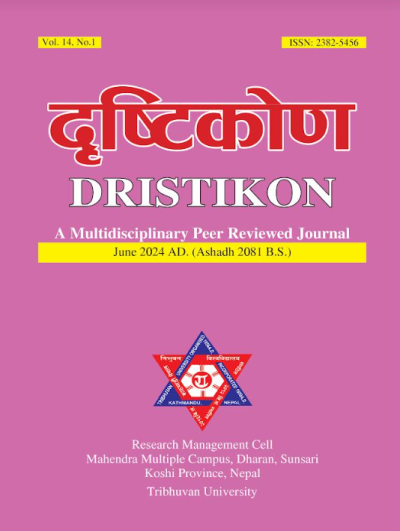Domestication and Foreignization Translation Strategies Used in Nepali Constitution
DOI:
https://doi.org/10.3126/dristikon.v14i1.65986Keywords:
domestication, foreignization, constitution, source language, target languageAbstract
This research examines the domestication and foreignization translation strategies used in the Constitution of Nepal 2015 analyzing official and unofficial translations of the constitution. How these translation strategies have been used to convey the source language (SL) message to the target language (TL) readers despite the linguistic and cultural differences is searched. The corporate author’s official translation of the Law Book Management Board (LBMB) and the unofficial translation by the International Institute for Democracy and Electoral Assistance (IDEA) have been used to collect, analyze, and interpret data. Venuti’s translation theory of domestication and foreignization is used for the theoretical framework. The objective of this research is to find the effectiveness of these two strategies for the translation of the Nepali constitution. This research finds both the domestication and the foreignization translation strategies have been used in parallel for the translation of the Constitution of Nepal 2015. It concludes that using both strategies simultaneously as complements of one another increases the comprehensibility of the translation.
Downloads
Downloads
Published
How to Cite
Issue
Section
License
© Research Management Cell, Mahendra Multiple Campus, Dharan

